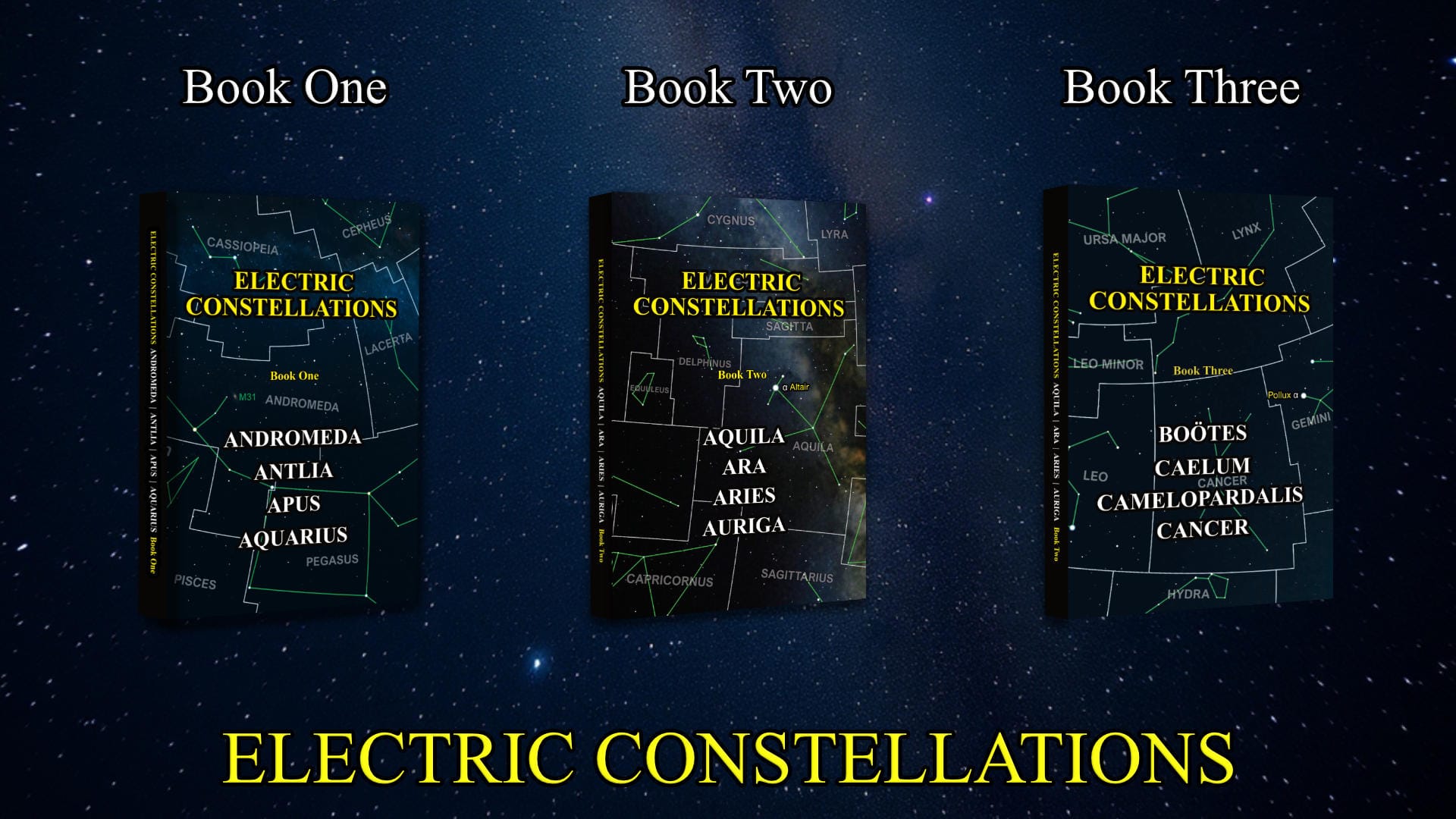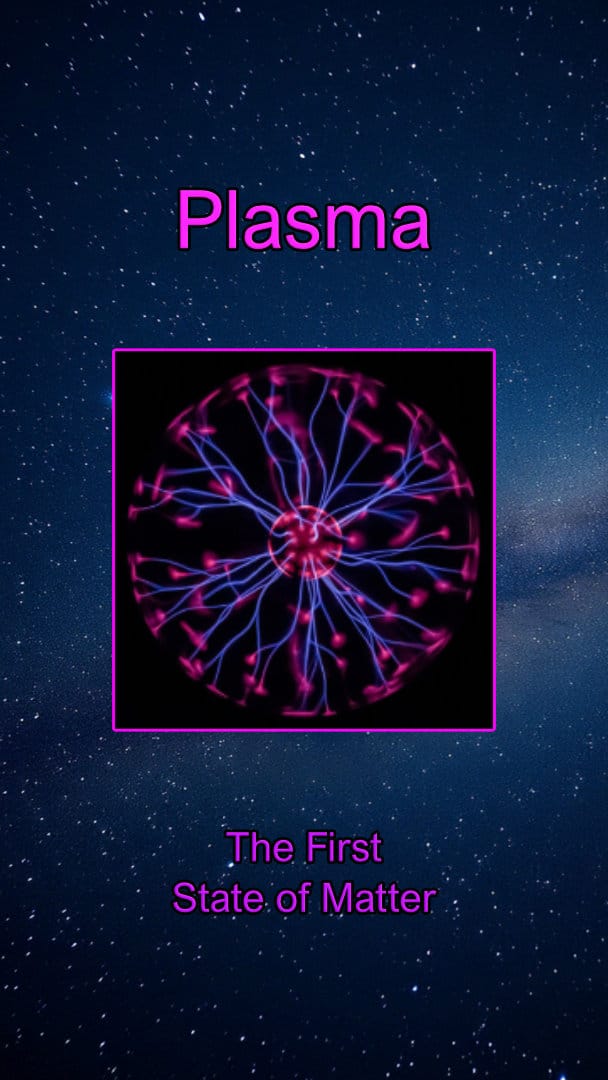Plasma Video

Physicists often describe plasma as a cloud or stream of ionized gas, but that description can be misleading. Unlike ordinary fluids and gases—two of the three other familiar states of matter—which carry mass and are therefore influenced by the extremely weak force of gravity, plasma is governed primarily by electromagnetic forces. These forces are vastly stronger than gravity: for instance, the electric force is approximately 10³⁹ times stronger than gravitational attraction. Indeed, some researchers argue that gravity itself is fundamentally an electrical dipole phenomenon, making it an electrical effect akin to magnetism.
The classification of matter states has historically followed a terrestrial perspective, starting with solids and progressing through liquids and gases to plasma. This progression makes sense from our Earth-bound experience—ice melts to water, water evaporates to steam, and at extremely high temperatures, gases can be ionized into plasma. However, if we shift our perspective to a cosmic scale, this ordering becomes almost comically backward.
The Universe exists mostly in the plasma state. The stars that illuminate our night sky, including our own Sun, are essentially massive plasma spheres, demonstrating plasma’s fundamental role in cosmic architecture. By recognizing plasma as the first state of matter rather than the fourth, we align our understanding with the actual history and composition of the Universe. This isn’t merely a semantic distinction but a profound reorientation of how we conceptualize the physical world and our place within it.
The staggering dominance of plasma in our Universe cannot be overstated. When astronomers survey the cosmos, they’re predominantly observing plasma in various forms and conditions. Our Sun, like all stars, is a massive plasma factory. The interstellar medium—the “empty” space between stars—contains diffuse plasma. Even the massive structures of galaxies are held together by plasma dynamics. This overwhelming prevalence makes the conventional ordering of matter states seem almost provincial, focusing on the exceptional rather than the rule.
One of the most fascinating aspects of plasma is its ability to exhibit collective behavior. Unlike ordinary gases, where particles interact through random collisions, plasma particles influence each other through long-range electromagnetic forces. This creates remarkable self-organizing phenomena like plasma filaments, double layers, and complex structures that can form and dissolve spontaneously. These collective behaviors enable plasma to organize into intricate patterns and structures that would be impossible in other states of matter.
When an electric field is applied to a neutral gas, not much happens until the field becomes strong enough to cause ionization. Plasma, by contrast, responds dramatically even to weak electric fields. The free electrons and ions in plasma move in response to these fields, creating currents, waves, and complex dynamical structures. This high electrical conductivity makes plasma an excellent medium for transmitting electrical energy and information across vast cosmic distances.
Mainstream astrophysics, however, remains committed to its gravitational framework. In 1969, John Wheeler introduced the concept of the black hole to explain the immense energies of some galaxies, claiming gravity could be so intense that not even light could escape. When observations later revealed jets streaming from galactic cores, Stephen Hawking modified the theory to allow radiation to escape after all. In 1976, further revisions introduced “cosmic strings” to explain newly discovered filamentary galaxies.
More about plasma can be found here.
Challenge the standard model—explore the cosmos through the Electric Universe Theory. These Electric Constellations books contain full-color, data-rich investigations of four constellations each. They're not a beginner's star guide—they're a serious work for independent thinkers, astronomers, and scientifically literate readers seeking to understand the Universe beyond conventional gravity-based interpretations.
Each constellation is examined in detail, with attention to its Bayer-designated stars, mythological origins, meteor showers, and bordering constellations. In-depth profiles of deep-sky objects—including galaxies, planetary nebulae, and star clusters—are paired with high-resolution imagery from the Webb and Hubble space telescopes, delivering both scientific clarity and visual impact.
Central to this series is the Electric Universe (EU) model, which proposes that electromagnetic forces—not gravity alone—govern much of the structure and behavior of the cosmos. Rather than treating this as speculative fringe, the book frames the EU model as an evidence-based, plasma-physics-informed alternative to the standard cosmological narrative.
Inside each volume:
- Comprehensive coverage of four distinct constellations
- Analyses of deep-sky objects in the EU context
- Original commentary on plasma discharge features and Z-pinch configurations
- Mythological and historical context without romantic embellishment
Written for readers who demand more than rote repetition of gravitational dogma, Electric Constellations opens a new observational and theoretical frontier—where stars light by electrical currents, not fusion, and where structure emerges from plasma dynamics, not dark matter.
Whether you are an amateur astronomer, electrical engineer, or astrophysicist curious about alternative models, these books deliver a rigorous and visually stunning exploration of the night sky—illuminated by a very different current.

